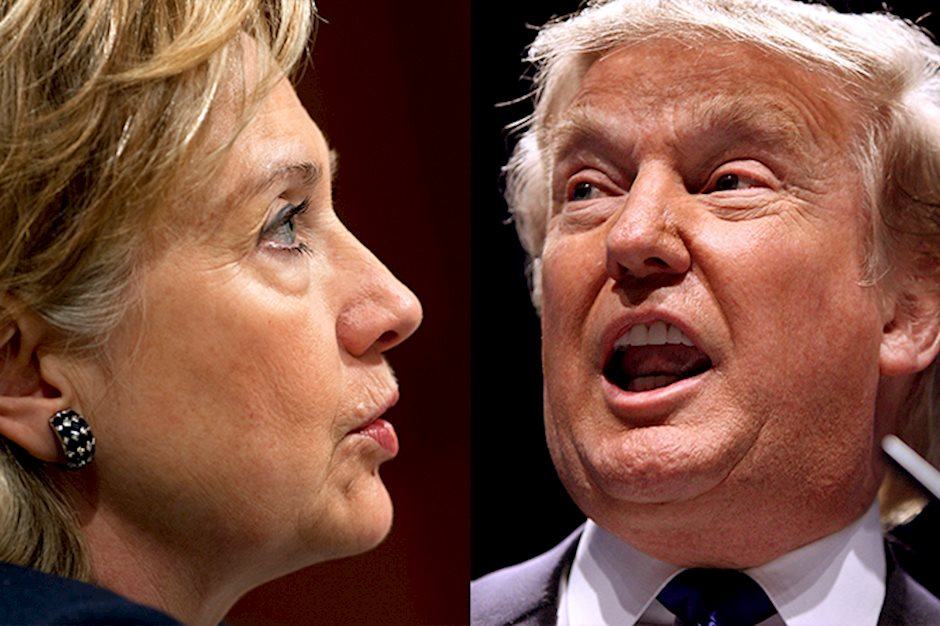Clinton win business as usual, Trump victory could swing markets significantly
- How would you diversify an investment portfolio through the following asset classes ahead of the Election?

Asset allocation prior to US elections
US dollar cash 10%
Commodities (precious metals) 10%
Equities 40%
Bonds (mainly short- and intermediate-term, high credit quality) 40%
The US election is unlikely to have a major impact on investor decisions about asset allocations. Given the difficulty of passage of bills through the US Congress, a President may not have as much impact on the economy – particularly for fiscal measures. International trade flows could be impacted, however, depending on the election outcome. This could lead to an economic slowdown and volatility in the stock market.
Overall due to the relatively high valuations in equities and the very low bond yields, it might be better not to be too aggressive in terms of taking risk. Too low a weighting in equities, however, could also be costly if stocks continue to climb higher and investors have too little exposure to them. Ideally, you would want to participate on any upside while also having dry powder to deploy in the case of a selloff. Therefore a balance must be struck – as always - between risk and expected return. Importance must also be given to each investor’s risk tolerance and specific circumstances – the above allocation assumes a medium- to long-term portfolio horizon with a moderate or average risk appetite.
- Do you foresee any trading opportunities ahead of the Election? Which ones?
In the run-up to the US elections, some volatility should be definitely be expected. Even though the Democratic candidate Hillary Clinton is seen as the strong favorite to win- particularly given the latest developments- markets will be closely watching the polls in the final weeks of the contest. The market also appears to be positioned for a Clinton win, as such a victory is also seen as opening the way for a December interest rate hike by the Federal Reserve.
Clinton is associated with less uncertainty whereas Trump, despite his background as a successful businessman, is seen as more unpredictable. Therefore a Clinton victory could see the US dollar extend its recent gains and risk assets could also post some gains as well. However, as the market is already giving Clinton a higher probability of winning, the moves in response to her potential victory are likely to be relatively smaller.
However, in the surprise event of a Trump victory, you could see significant swings in financial markets. First of all, the Mexican Peso, which is clearly sensitive to what is happening in the US election, could drop by around 10%. The Canadian dollar will also be impacted but to a smaller degree – probably in the region of 2-3%. Therefore traders will do well to keep in mind the asymmetric nature of the US election risk; a Clinton win could mean business-as-usual but the less likely Trump win could bring about substantial volatility.
Furthermore, a potential Trump victory could unsettle markets by spooking investors about the risks of populism and political uncertainty around the world. Such an outcome could be tied to the recent Brexit referendum outcome earlier in the year, where the anti-establishment vote did much better than what the experts predicted or indeed what the market was discounting at the time.
To sum up, some hedging – perhaps via options rather than outright long or short positions- could make sense ahead of the US elections as volatility is currently quite low. The peso, the loonie, the US dollar more broadly, US bonds and US / global stocks are some of the financial instruments that could attract attention.
Author

Manned by a powerful team of professionals, along with certified forex instructors, the XM Research and Education Center provides a full range of up-to-date marketing tools essential for profitable trading, including market analys
















